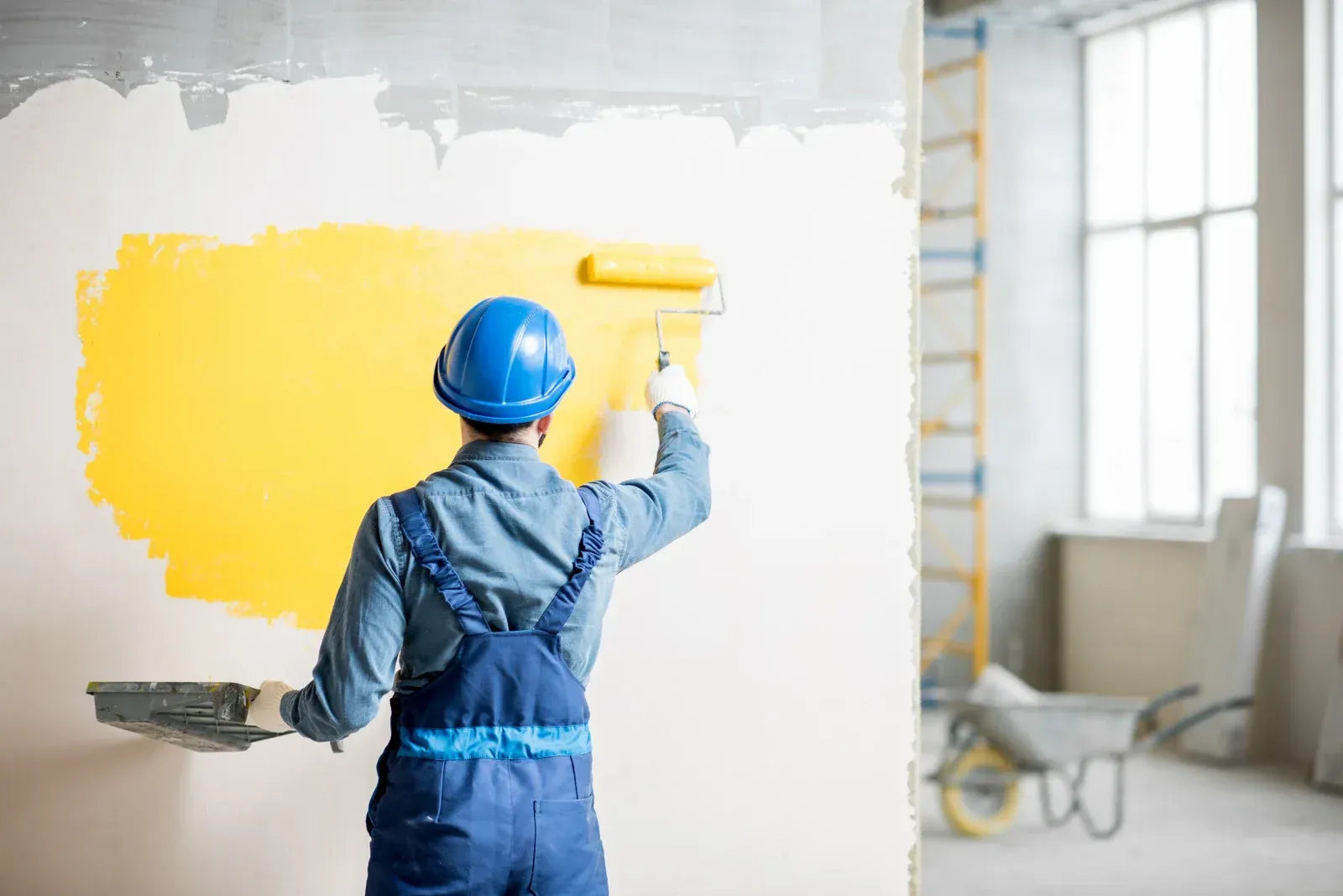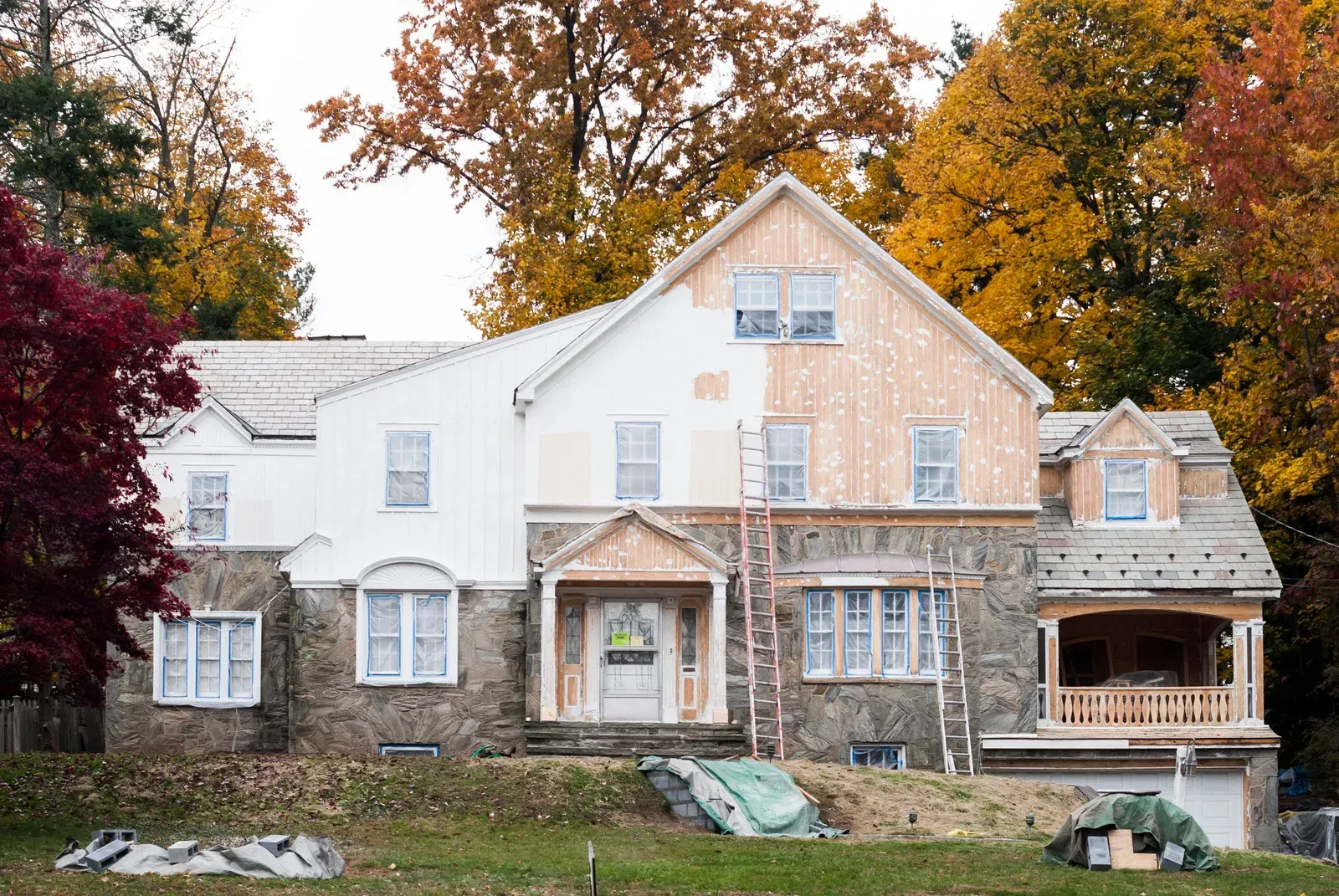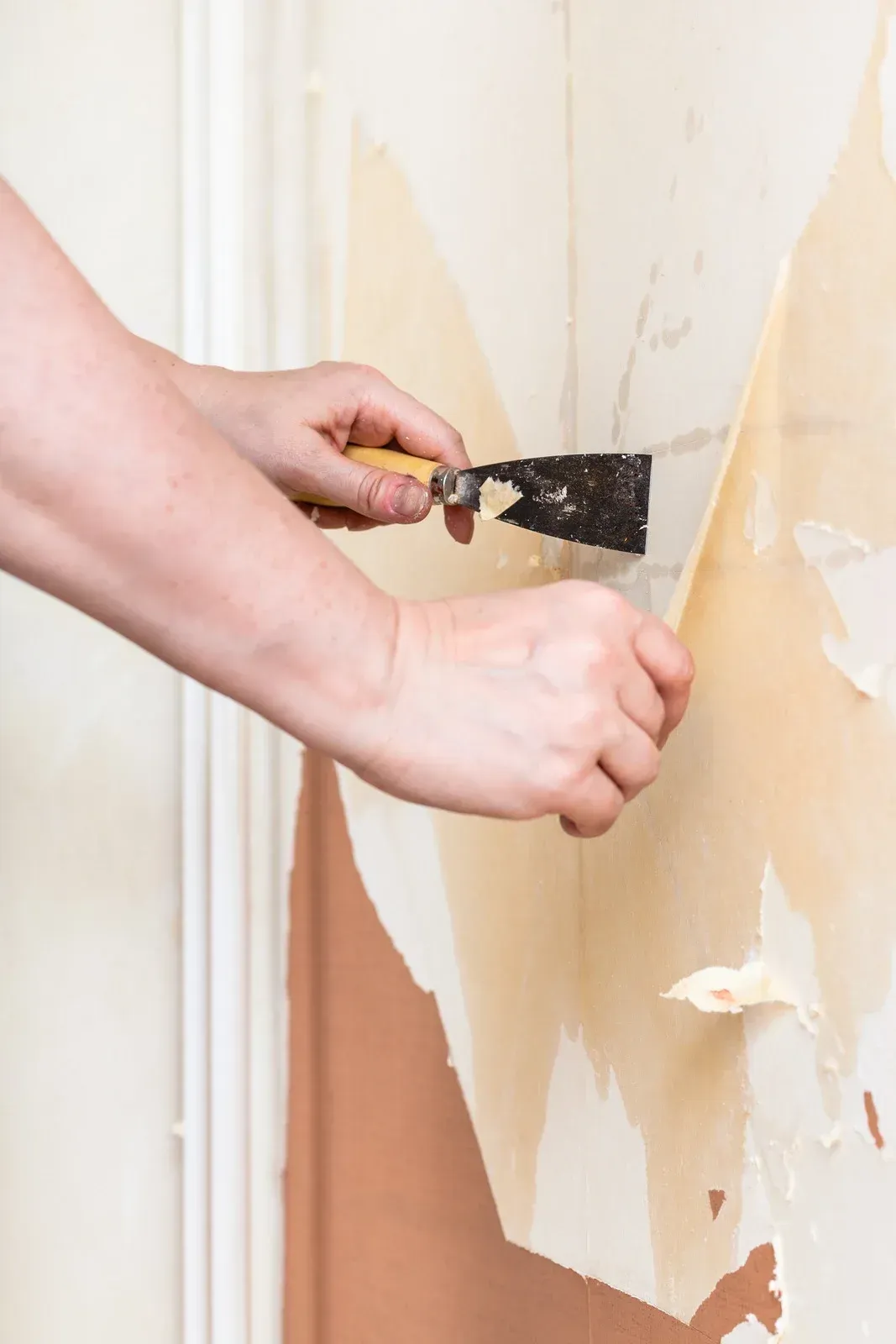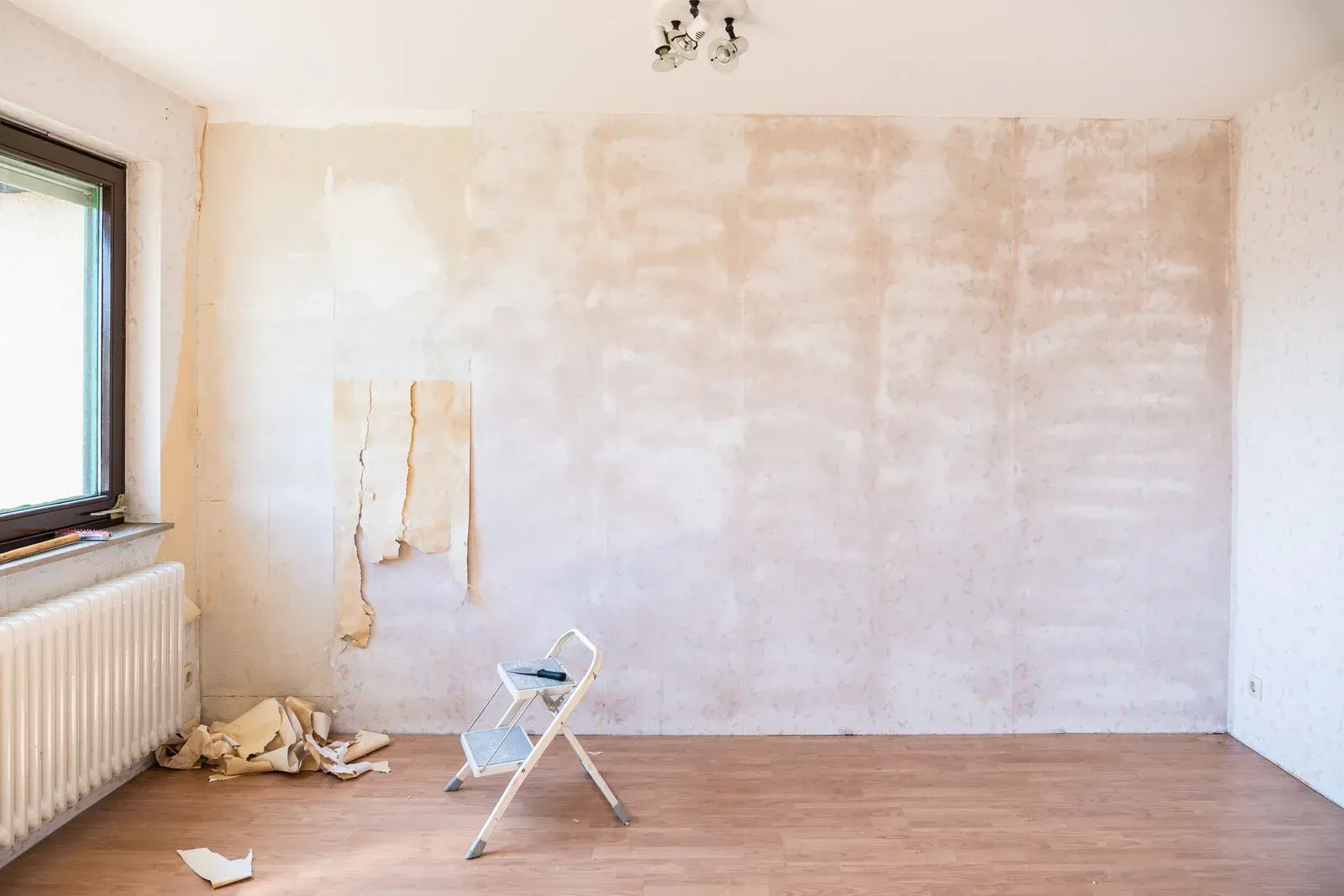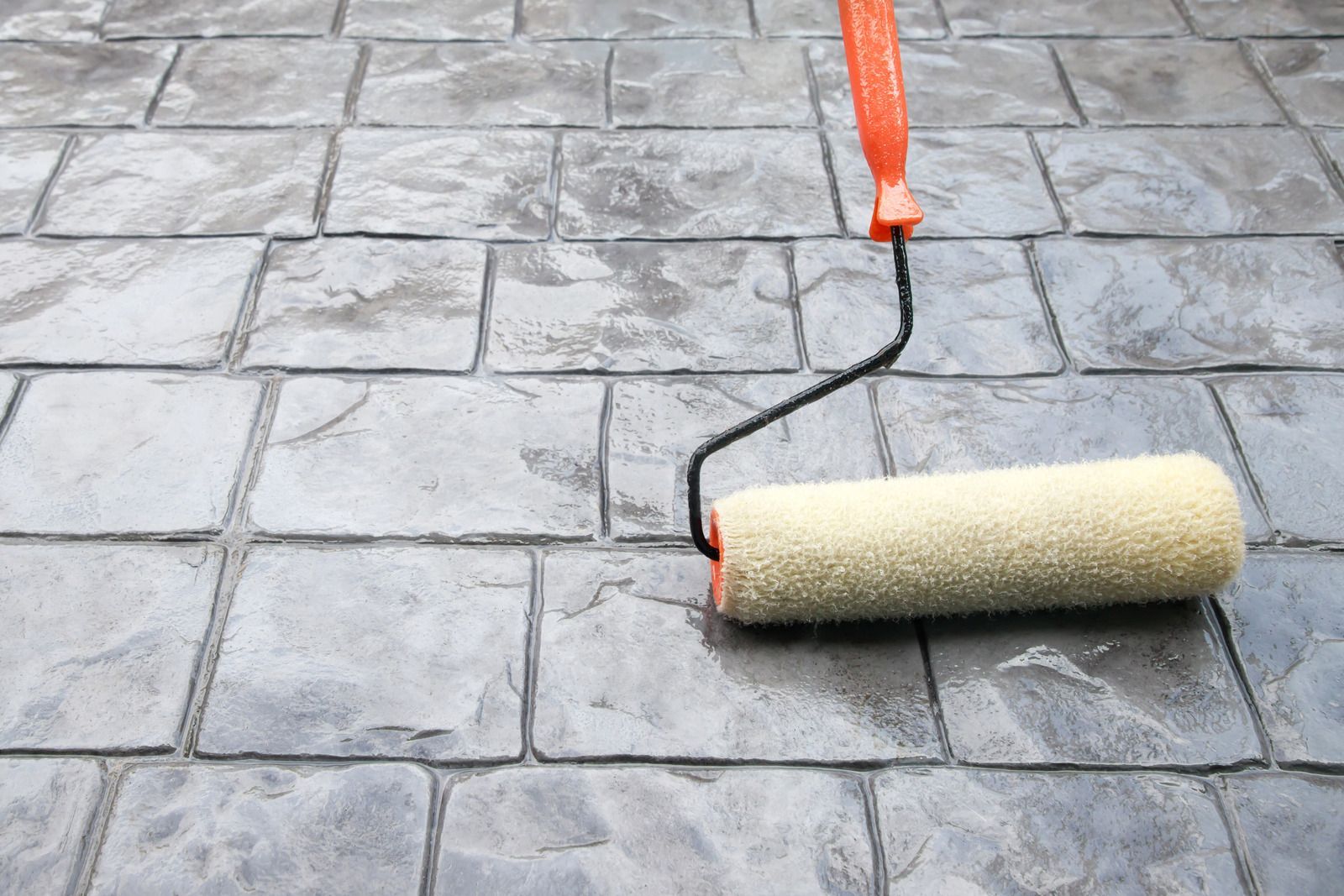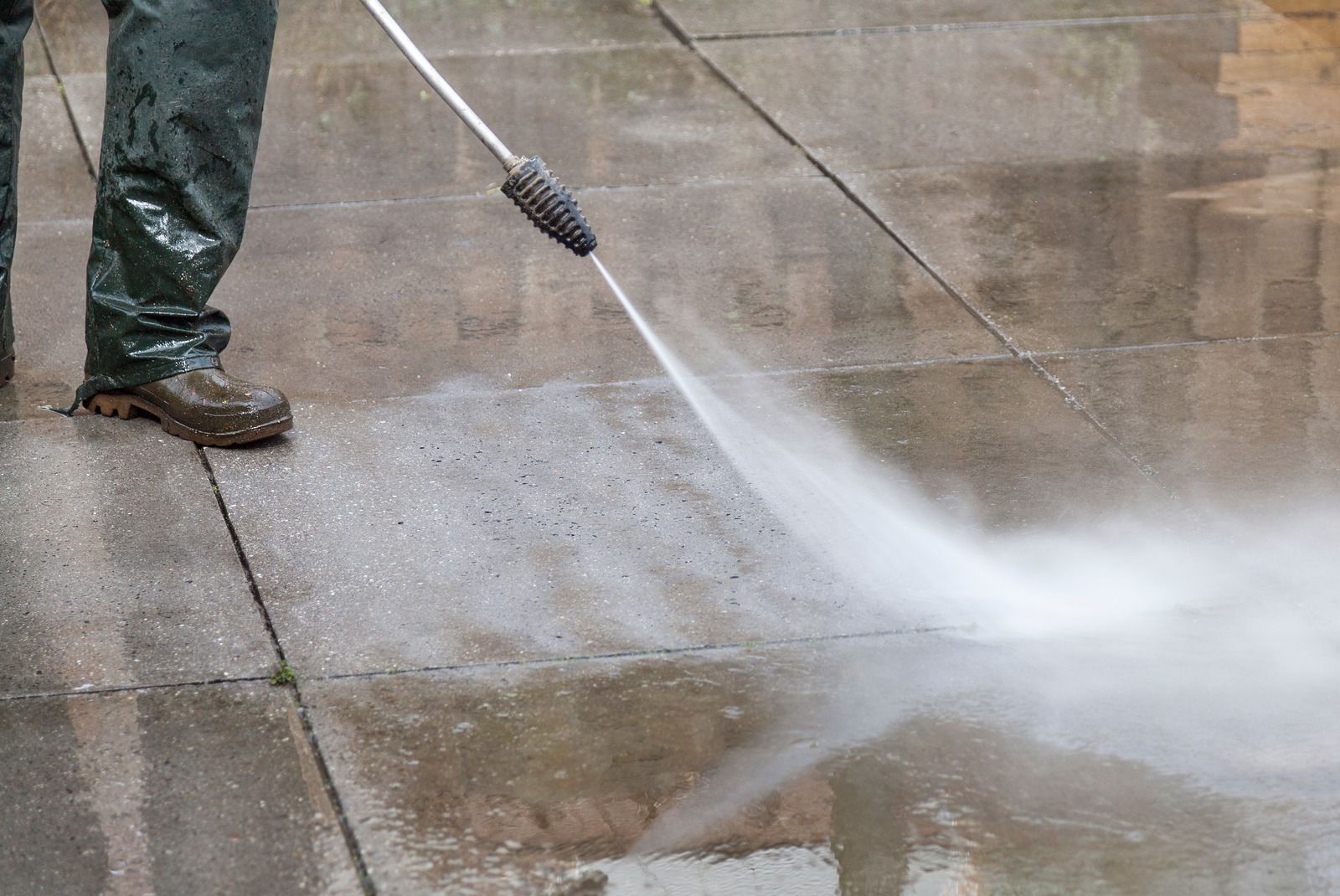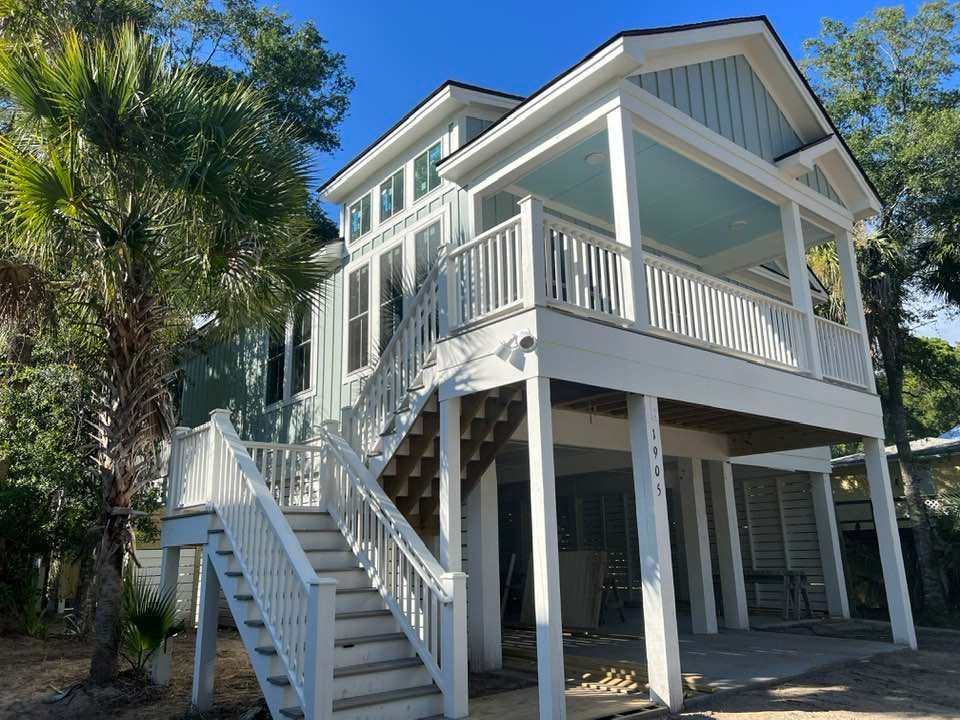When Is the Right Time for Concrete and Paver Coatings?
Concrete and paver coatings protect surfaces from damage. These coatings stop moisture, dirt, and stains from ruining outdoor and indoor areas. Over time, concrete and pavers lose their original look due to weather, foot traffic, and spills. Without proper protection, cracks and discoloration appear.
Applying a coating at the right time extends the life of these surfaces. It keeps them strong and clean. Some wait until damage appears, but early application saves money and effort. Knowing when to coat concrete and pavers helps prevent costly repairs. Several factors affect the right timing. Weather, age, and surface condition play a role. Some seasons work better than others. Understanding these details helps in making the best decision.
New Surfaces Need Early Protection
Freshly installed concrete and pavers absorb moisture quickly. Without a coating, stains and cracks form over time. A new surface should cure before applying a coating. Concrete needs about 28 days to harden fully. Pavers settle within a few weeks. After this period, applying a coating locks out moisture and stains.
Sealing too early traps moisture inside. It leads to bubbles and weak spots. Waiting for the right curing time ensures a strong, lasting finish. New surfaces benefit the most from early protection.
Weather Conditions Affect Coating Application
Weather plays a big role in the success of a coating. Dry conditions work best. Rain or high humidity interferes with proper bonding. Cold temperatures slow drying, causing weak protection. Hot weather causes coatings to dry too fast, leading to uneven coverage.
Spring and fall provide the best conditions. Mild temperatures allow coatings to bond well. Avoid applying coatings during extreme heat or cold. Checking the forecast prevents weather-related problems.
Signs That Indicate a Surface Needs Coating
Existing surfaces show signs when they need protection. Fading, cracks, and rough texture signal the need for a coating. Stains and water absorption mean the surface lacks protection.
A simple water test helps check the condition. Pour water on the surface. If it soaks in quickly, a new coating is needed. If water beads up, the surface still has protection. Regular checks help in deciding when to reapply a coating.
After Repairs and Cleaning
Repairs and deep cleaning expose the surface to damage. Filling cracks or pressure washing removes old concrete and paver coatings and weak layers. Applying a fresh coating after repairs seals the surface again.
Waiting a day after cleaning allows the surface to dry fully. Applying a coating too soon traps moisture. Dry surfaces absorb coatings better, ensuring long-lasting protection.
High-Traffic Areas Need More Frequent Coating
Surfaces with heavy foot traffic wear out faster. Driveways, patios, and walkways face constant use. These areas need coatings more often than low-traffic spots.
Outdoor spaces exposed to rain and sun break down faster. Reapplying a coating every two to three years keeps them in good shape. Checking these surfaces yearly helps in planning the next coating application.
Regular maintenance prevents costly repairs. Planning the right time for a coating improves the look and strength of surfaces. Coatings provide long-term protection, keeping concrete and pavers in the best condition.

